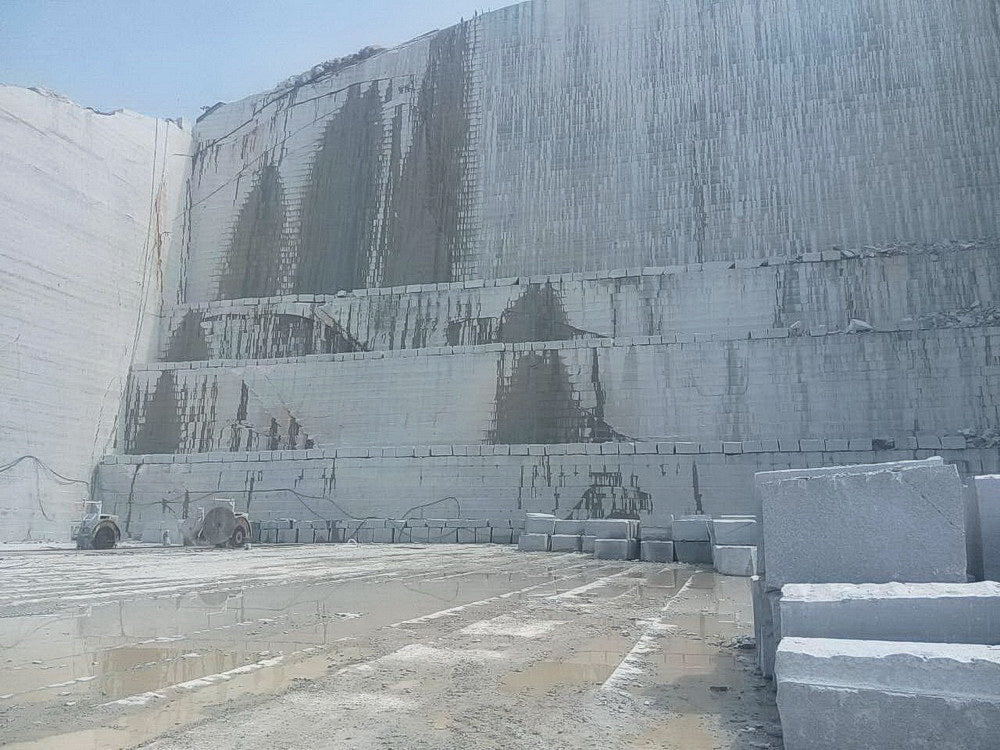Exploring Granite Quarries in South Africa: A Comprehensive Overview
Exploring Granite Quarries in South Africa: A Comprehensive Overview
Blog Article
Discovering the Rich Background and Lasting Practices of Granite Quarrying
As we stand on the precipice of revealing the elaborate tapestry of granite quarrying, a trip through time exposes not simply the physical act of drawing out rock but likewise the social and historical significance woven right into the really fabric of this method. From the old origins that laid the foundation for modern-day quarrying strategies to the sustainable methods that are forming the future of this industry, each chisel mark on granite surface areas narrates waiting to be discovered (granite quarries in south africa). The heritage of granite quarrying extends far beyond plain removal; it is a testament to human ingenuity, durability, and the long-lasting appeal of this marvelous stone
Old Origins of Granite Quarrying
Dating back to ancient worlds, the method of quarrying granite has actually been an important part of human history and building advancement. The earliest evidence of granite quarrying dates back to ancient Egypt, where large pyramids and detailed sculptures were crafted from this durable stone. The Egyptians utilized primitive devices to extract granite blocks from quarries, showcasing the significance of this material in their significant building and constructions.
Progressing in history, the Greeks likewise made considerable payments to the quarrying of granite. The Greeks made use of granite in numerous building wonders, such as holy places and statues, demonstrating their skill in shaping and sculpting this hardy stone. The Romans even more fine-tuned the methods of quarrying granite, using innovative tools like knives and hammers to remove and form granite for their legendary frameworks.
Through the centuries, the practice of quarrying granite has progressed, with modern technologies improving effectiveness while preserving the ageless charm of this all-natural rock - granite quarries in south africa. From ancient worlds to contemporary builders, the tradition of granite quarrying remains to shape our globe
Development of Quarrying Strategies
The evolution of quarrying strategies has been noted by a continual progression towards greater performance and accuracy in drawing out granite. From the basic methods employed by our forefathers to the innovative modern technologies made use of in contemporary quarrying procedures, the market has undertaken considerable developments. Early quarrying strategies included manual labor with standard tools such as knives, hammers, and wedges to remove granite blocks from the earth. As civilizations proceeded, techniques like fire-setting and primitive nitroglycerins were introduced to promote the extraction procedure.
Improvements in computer-controlled devices and 3D modeling have actually enhanced quarrying procedures, leading to minimal environmental effect and improved sustainability methods. As the need for granite proceeds to increase, the advancement of quarrying strategies stays important to meeting industry needs effectively and sustainably.
Cultural Relevance of Granite
Granite holds a profound cultural significance throughout various worlds due to its enduring presence in architectural masterpieces and revered monuments. The cultural importance of granite prolongs past its physical characteristics; it anonymous personifies resilience, security, and timelessness, making it an icon of enduring heritages and customs.

Lasting Practices in Quarrying
In the middle of the abundant background of granite quarrying and its cultural value exists an expanding emphasis on sustainable practices within the sector. As ecological recognition and concerns concerning resource exhaustion have enhanced around the world, the quarrying industry has actually increasingly accepted lasting methods to lessen its effect on the environment and surrounding areas.

Moreover, recovery and rehab of quarry websites post-extraction are indispensable to lasting practices. By restoring quarried areas to an all-natural or beneficial state, such as developing wildlife habitats or recreational rooms, view it quarriers can counter the ecological footprint of their procedures and add favorably to the neighborhood environment.
Legacy of Granite Quarrying
With a historic backdrop steeped in workmanship and commercial progress, what withstanding effect has granite quarrying left on the landscape of modern-day culture? The heritage of granite quarrying goes beyond plain extraction techniques; it has actually shaped architectural marvels, urban landscapes, and cultural heritage worldwide. The durable nature of granite has made it a favored you could check here selection for monuments, buildings, and infrastructure, standing as a testament to the skill and creativity of quarry employees throughout generations.
Moreover, the financial footprint of granite quarrying can not be neglected. The industry remains to provide employment possibilities and drive local economic situations in areas where granite extraction is prevalent. It has actually also stimulated technological improvements in quarrying techniques and tools, resulting in more reliable and sustainable methods.
In regards to sustainability, the heritage of granite quarrying includes initiatives to mitigate environmental effects via improvement tasks and accountable source management. By stabilizing economic interests with ecological stewardship, the market makes every effort to guarantee that future generations can remain to gain from this long-lasting all-natural source.
Final Thought

Report this page